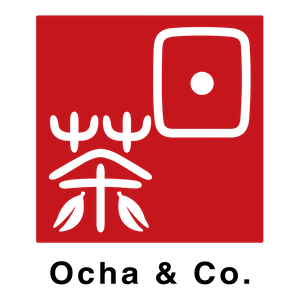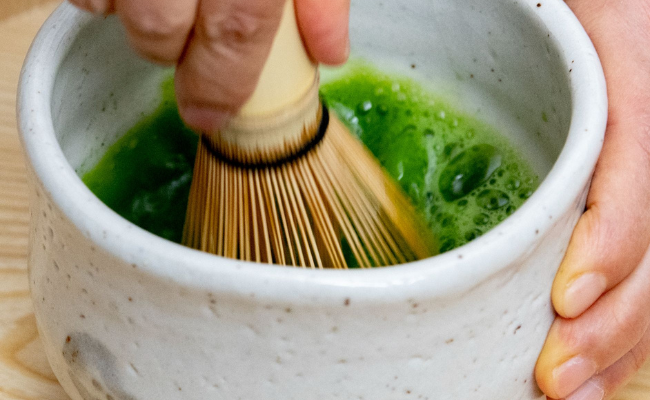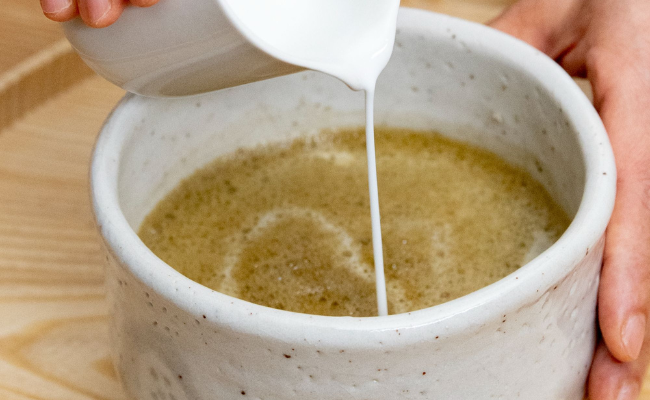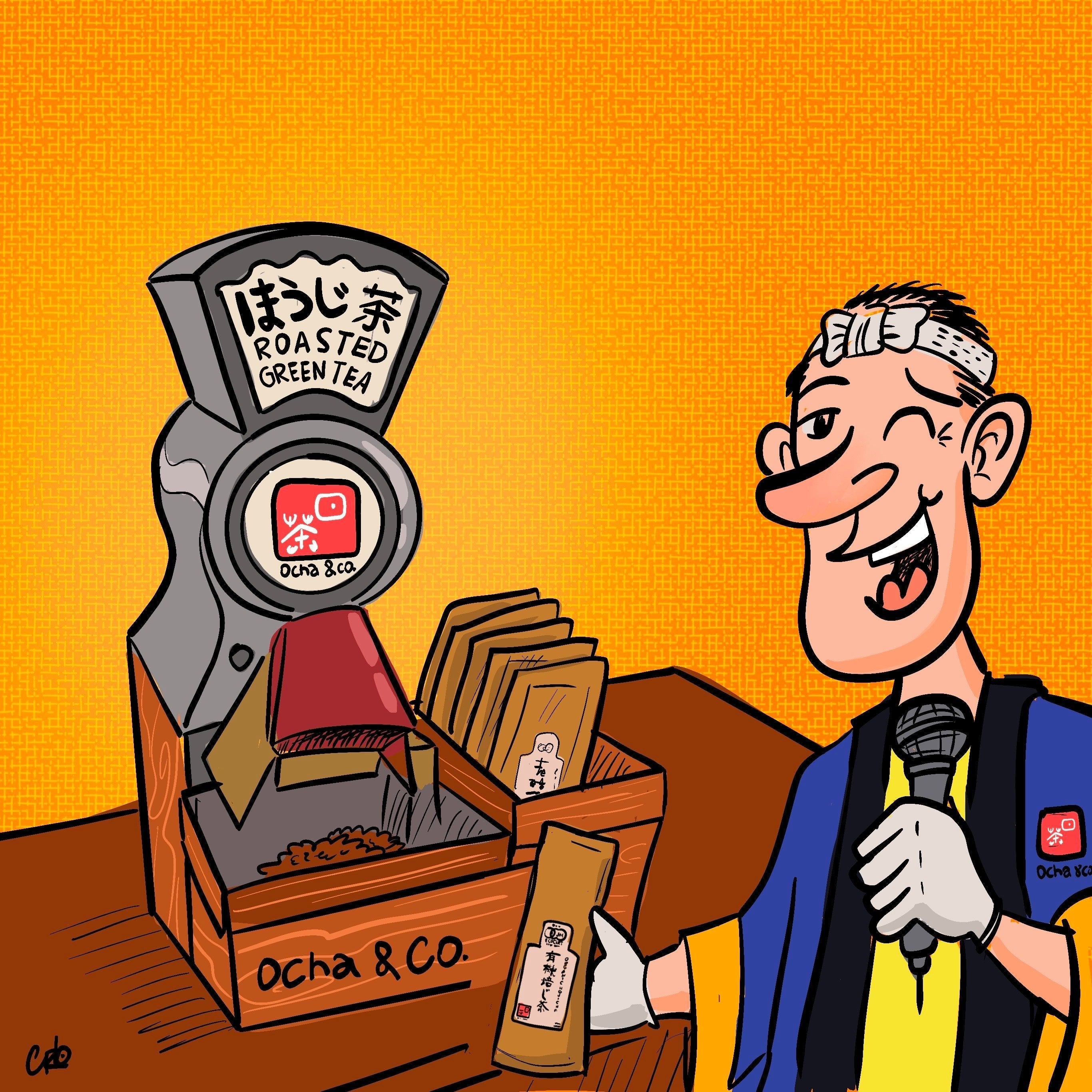BURNING DESIRE: THE FRAGRANT ALLURE OF JAPANESE INCENSE
THE ORIGINS OF THE JAPANESE INCENSE RITUAL
Incense, synonymous with an array of rituals, spirituality, and relaxation public and personal, has roots tracing back to ancient Egypt. It was first documented in Chinese texts in the 5th Century AD and, from China, hitched a ride with Buddhist monks as the philosophy spread to establish itself in the Sixth Century Japan of Empress Suiko.
The daily burning of incense sticks made from select fragrant woods like aloeswood, agarwood, and sandalwood mixed in with herbs was originally exclusive to Zen Buddhist temples, becoming deeply intertwined with spiritual practices across the nation, enriching prayer ceremonies, meditations, and religious festivities.
JAPANESE INCENSE IN THE NARA PERIOD
The Nara period (710–784 AD) witnessed the Imperial Court adopting incense for personal use, not just for purification but also as a symbol of high culture. Recreational use burgeoned, with “incense games” - a multitude of tasks, sometimes serious and philosophical, sometimes as a means of practicing mindfulness, sometimes for gambling - that involved “listening to incense” to determine its constituents' smells becoming a favored pastime among royalty. Incense games, known as Kumiko are still played today, much less formally and for fun, in Japanese households.
Around this time the transition from mounds of raw material in temple settings to the elegant stick shape we recognize today marked a notable evolution and with it the beginnings of a centuries-old craft discipline with Japanese incense established as the best in the world. Companies such as Kungyokudo (founded in 1594) and Nippon Kodo (founded 1575) and Baieido, (founded in 1657) are still revered names in the manufacture and marketing of incense.
KOH-DO: THE EVOLUTION OF INCENSE RITUALS
During the Muromachi era (1336 to 1573), incense extended beyond the Imperial Court to the middle and upper classes, becoming a status symbol for homes and clothing. The samurai class incorporated special incense rituals, perfuming their armor for purification before battle. Koh-do, or “the way of incense,” developed alongside other refined arts, complete with formalities, etiquette, and customs.
Initially confined to the elite, by the 16th Century Koh-do had permeated and infused with the lives of the Japanese middle classes; intellectuals like writers, artists, landowners, and merchants. Upholding codes of fragrance appreciation seriously, Koh-do developed its philosophical litany influencing both the physical and psychological realms and known as the Ten Virtues,
THE TEN VIRTUES OF JAPANESE INCENSE
Those Ten Virtues of Japanese incense are as true, vital, and respected today.
In brief, they state that incense...
感格鬼神 : Sharpens the senses
清浄心身 : Purifies the body and the spirit
能払汚穢 : Eliminates pollutants
能覚睡眠 : Awakens the spirit
静中成友 : Heals loneliness
塵裏愉閑 : Calms in turbulent times
多而不厭 : Is not unpleasant, even in abundance
募而知足 : Even in small amounts is sufficient
久蔵不朽 : Does not break down after a very long time
常用無障 : A common use is not harmful
JAPANESE INCENSE TODAY
While authentic Koh-do ceremonies are rare today, incense remains integral to Japanese culture for relaxation and enjoyment. Stick-shaped incense (Japanese craft incense is all natural fragrance ingredients compressed into solid shapes, rather than being adhered to a stick or a cone base like many incense types from other countries) particularly Senko, has become the most convenient and widely used form.
Modern Japanese incense comes in myriad fragrances each carefully crafted to evoke a unique sensory experience and, like buying Japanese agree Tea and Matcha, it’s worth investing just that little bit extra on premium Japanese incense sticks made and exported by authentic craft practicing companies - a little quality does go a long way.
These fragrances range from traditional scents such as sandalwood, agarwood, and frankincense to more contemporary blends incorporating floral, herbal, and even fruity notes.
A particular favorite incense of ours are the wonderfully fragrant and evocative Green Tea incense cones produced by the Japanese incense brand Nippon Kodo that seem to have a cleansing and uplifting effect on any room they’re burning in.
The production process involves skilled artisans who meticulously blend natural ingredients like aromatic woods, resins, spices, and essential oils to achieve the desired aroma profile. Additionally, modern Japanese incense often incorporates elements of aromatherapy, aiming to promote relaxation, stress relief, and that most modern of cravings, overall well-being.
WHAT’S THE BEST WAY TO BURN JAPANESE INCENSE?
When using Japanese incense, the choice of burner - Kōro or Kooro - is an integral part of the overall experience that enhances the aesthetic and spiritual aspects of the incense-burning ritual.
Kōro comes in various styles, shapes, and materials, ranging from simple and functional to elaborate and artistic.
There are different types of Japanese incense burners, including:
Koh-dogu Koro (香道具香炉):
This is about as traditional and formal a burner as you can get and is specifically designed for the practice of Koh-doh, the Japanese Way of Incense. Koh-dogu koro is often made from materials such as ceramic, metal, or wood and may have a lid to control the airflow and intensity of the burning incense.
Koro with a Handle:
Some incense burners come with a handle, allowing users to easily move and control the placement of the burning incense. These are particularly common in traditional tea ceremonies and other formal settings.
Ceramic Koro:
Ceramic incense burners are popular for their aesthetic appeal. They come in various shapes and sizes, and the porous nature of ceramic can enhance the diffusion of fragrance.
Wooden Koro:
Wooden incense burners are often crafted from materials like bamboo or other hardwoods. They may feature intricate carvings or simple, minimalist designs, depending on the intended use and cultural context.
Metal Koro:
Metal incense burners, often made from materials like brass or iron, offer durability and may feature intricate designs. Some metal burners are portable and designed for travel or outdoor use or for personal meditation practices.




